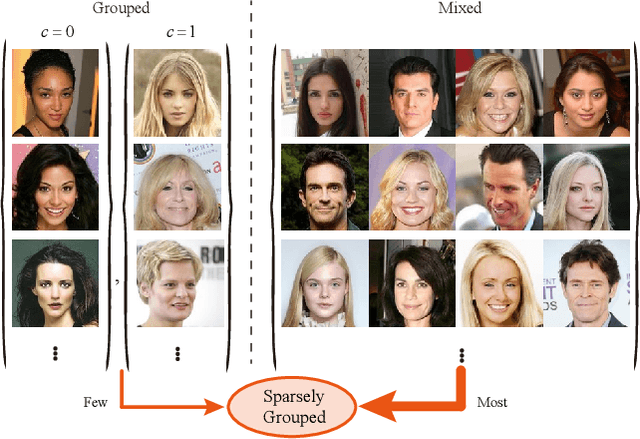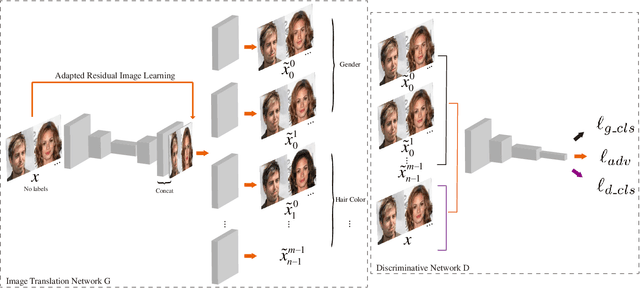Yezhi Shu
Towards Better Generalization: Joint Depth-Pose Learning without PoseNet
Apr 03, 2020



Abstract:In this work, we tackle the essential problem of scale inconsistency for self-supervised joint depth-pose learning. Most existing methods assume that a consistent scale of depth and pose can be learned across all input samples, which makes the learning problem harder, resulting in degraded performance and limited generalization in indoor environments and long-sequence visual odometry application. To address this issue, we propose a novel system that explicitly disentangles scale from the network estimation. Instead of relying on PoseNet architecture, our method recovers relative pose by directly solving fundamental matrix from dense optical flow correspondence and makes use of a two-view triangulation module to recover an up-to-scale 3D structure. Then, we align the scale of the depth prediction with the triangulated point cloud and use the transformed depth map for depth error computation and dense reprojection check. Our whole system can be jointly trained end-to-end. Extensive experiments show that our system not only reaches state-of-the-art performance on KITTI depth and flow estimation, but also significantly improves the generalization ability of existing self-supervised depth-pose learning methods under a variety of challenging scenarios, and achieves state-of-the-art results among self-supervised learning-based methods on KITTI Odometry and NYUv2 dataset. Furthermore, we present some interesting findings on the limitation of PoseNet-based relative pose estimation methods in terms of generalization ability. Code is available at https://github.com/B1ueber2y/TrianFlow.
Sparsely Grouped Multi-task Generative Adversarial Networks for Facial Attribute Manipulation
Oct 19, 2018



Abstract:Recently, Image-to-Image Translation (IIT) has achieved great progress in image style transfer and semantic context manipulation for images. However, existing approaches require exhaustively labelling training data, which is labor demanding, difficult to scale up, and hard to adapt to a new domain. To overcome such a key limitation, we propose Sparsely Grouped Generative Adversarial Networks (SG-GAN) as a novel approach that can translate images in sparsely grouped datasets where only a few train samples are labelled. Using a one-input multi-output architecture, SG-GAN is well-suited for tackling multi-task learning and sparsely grouped learning tasks. The new model is able to translate images among multiple groups using only a single trained model. To experimentally validate the advantages of the new model, we apply the proposed method to tackle a series of attribute manipulation tasks for facial images as a case study. Experimental results show that SG-GAN can achieve comparable results with state-of-the-art methods on adequately labelled datasets while attaining a superior image translation quality on sparsely grouped datasets.
 Add to Chrome
Add to Chrome Add to Firefox
Add to Firefox Add to Edge
Add to Edge